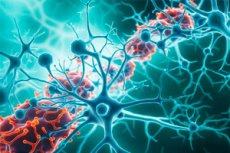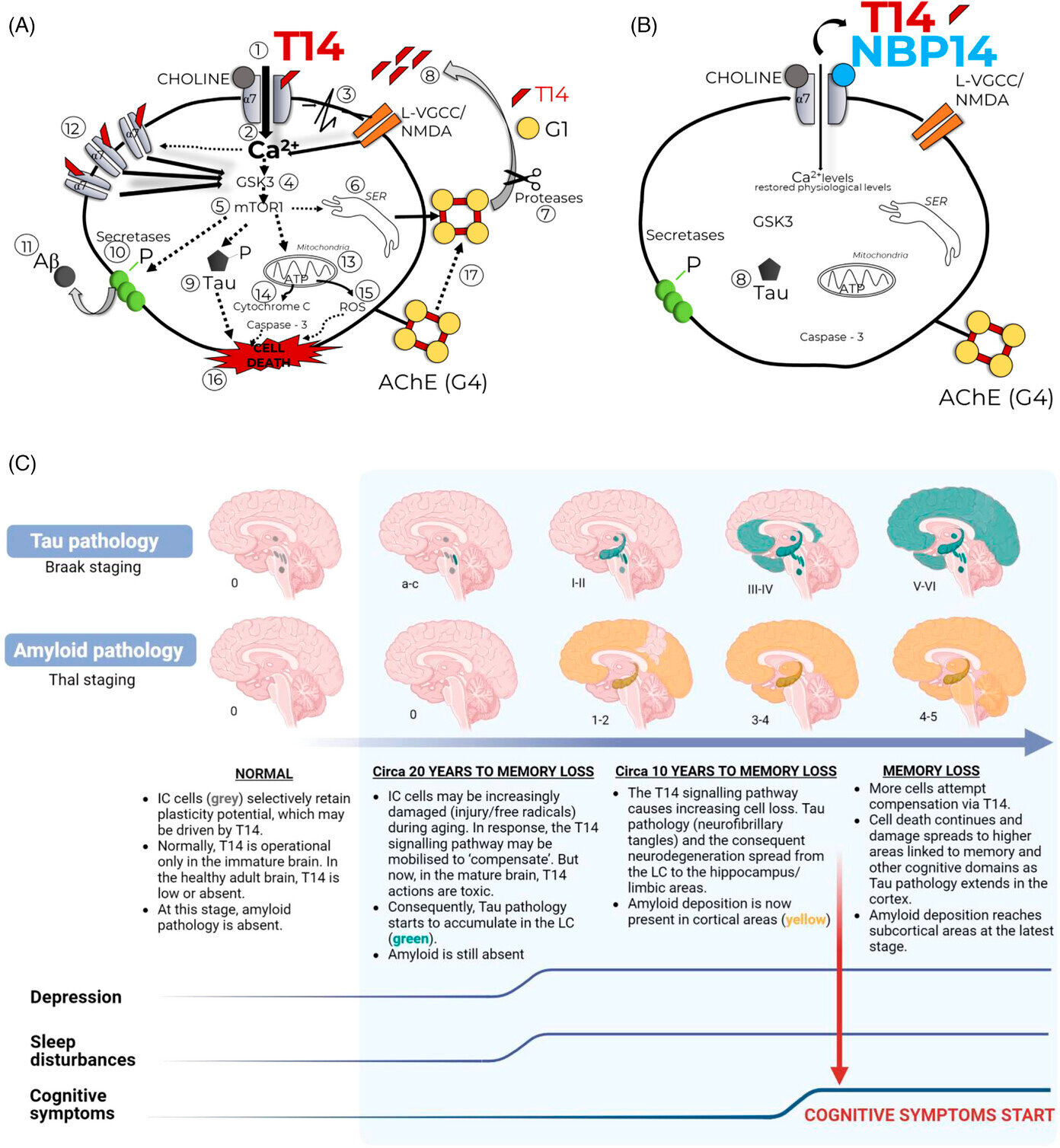New publications
A new perspective on neurodegeneration: the role of the neurochemical T14 in Alzheimer's disease
Last reviewed: 02.07.2025

All iLive content is medically reviewed or fact checked to ensure as much factual accuracy as possible.
We have strict sourcing guidelines and only link to reputable media sites, academic research institutions and, whenever possible, medically peer reviewed studies. Note that the numbers in parentheses ([1], [2], etc.) are clickable links to these studies.
If you feel that any of our content is inaccurate, out-of-date, or otherwise questionable, please select it and press Ctrl + Enter.

An international team of clinicians and neuroscientists have published a new review paper on the process of neurodegeneration. Their findings explore the mechanism that precedes amyloid formation, including a key neurochemical that facilitates the process.
The paper, published in the journal Alzheimer's & Dementia, focuses on isodendrite nuclei, a group of neurons that are distinct from other brain cells and have previously been identified as being particularly vulnerable in Alzheimer's disease (AD).
The authors acknowledge that amyloid is a significant factor in late-stage AD, but note that it is absent from these neurons early on. If damage occurs to these vulnerable neurons in adulthood, they respond by mobilizing a response mechanism. This mechanism typically promotes neuronal growth in fetal and early life, but is detrimental in adulthood.
The review describes how the key molecule driving this process is the bioactive 14-mer peptide T14, which selectively activates one target receptor. In the mature brain, instead of restoring normal function, T14 causes neuronal death and initiates a negative snowball that gains strength over time.
The isodendrite nuclei, located deep in the brain, are responsible for arousal and sleep/wake cycles and are not directly linked to higher functions such as memory. Thus, the degeneration process can continue without obvious symptoms until damage spreads to areas responsible for cognition.
The explanation proposed in the paper could explain the long delay of 10-20 years from the onset of neuronal loss to the onset of cognitive impairment.
The review reports that T14 can be detected at a very early stage of AD, which may serve as a pre-symptomatic indication of the onset of neurodegeneration and thus could be developed as a biomarker.

Additionally, the authors describe how a cyclized version of T14, NBP14, can block the action of T14. NBP14 has been shown to prevent memory impairment in a mouse model of AD, and its mechanism of action has been demonstrated in a variety of studies, including postmortem studies of human brain tissue. Thus, NBP14 may form the basis for a new therapeutic strategy.
This new approach offers important discoveries that could significantly impact the early diagnosis and treatment of Alzheimer's disease, highlighting the importance of further research in this area.
